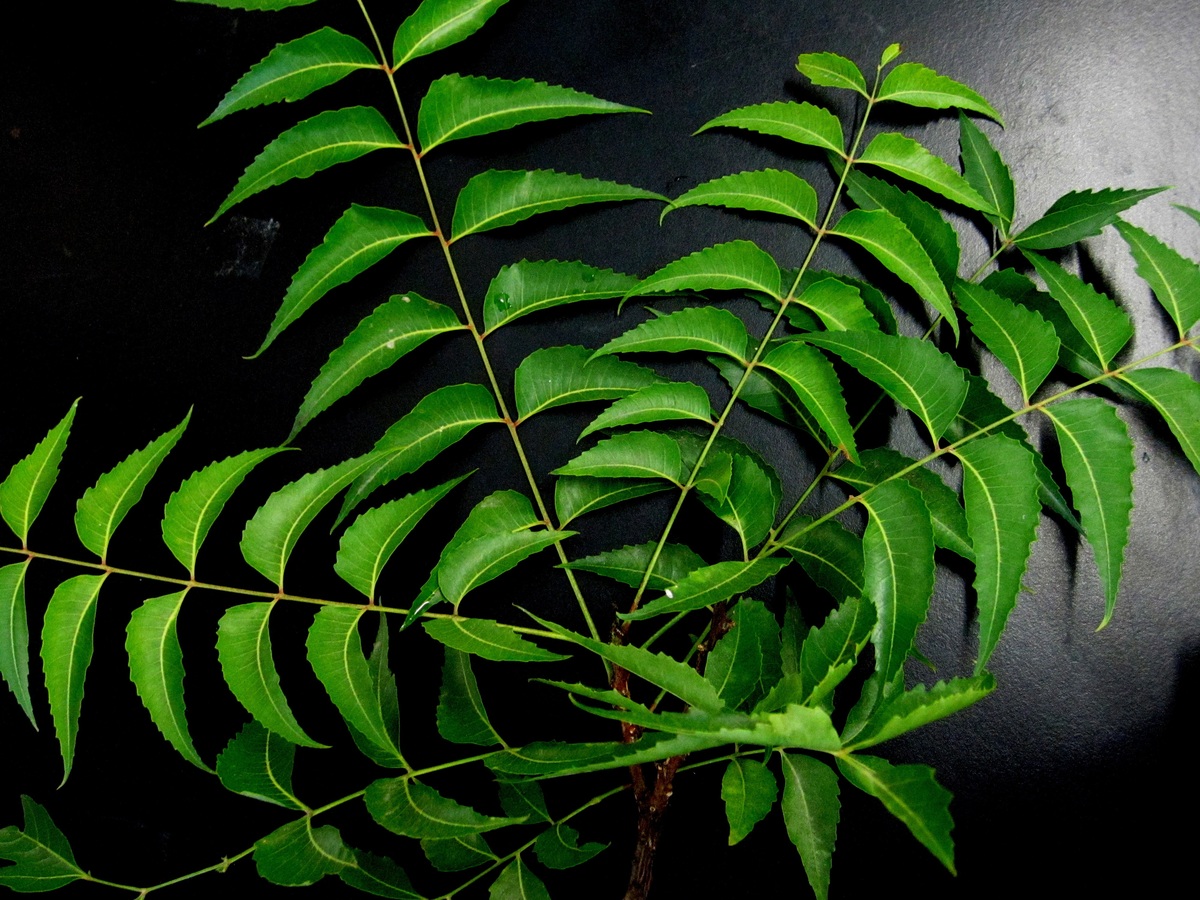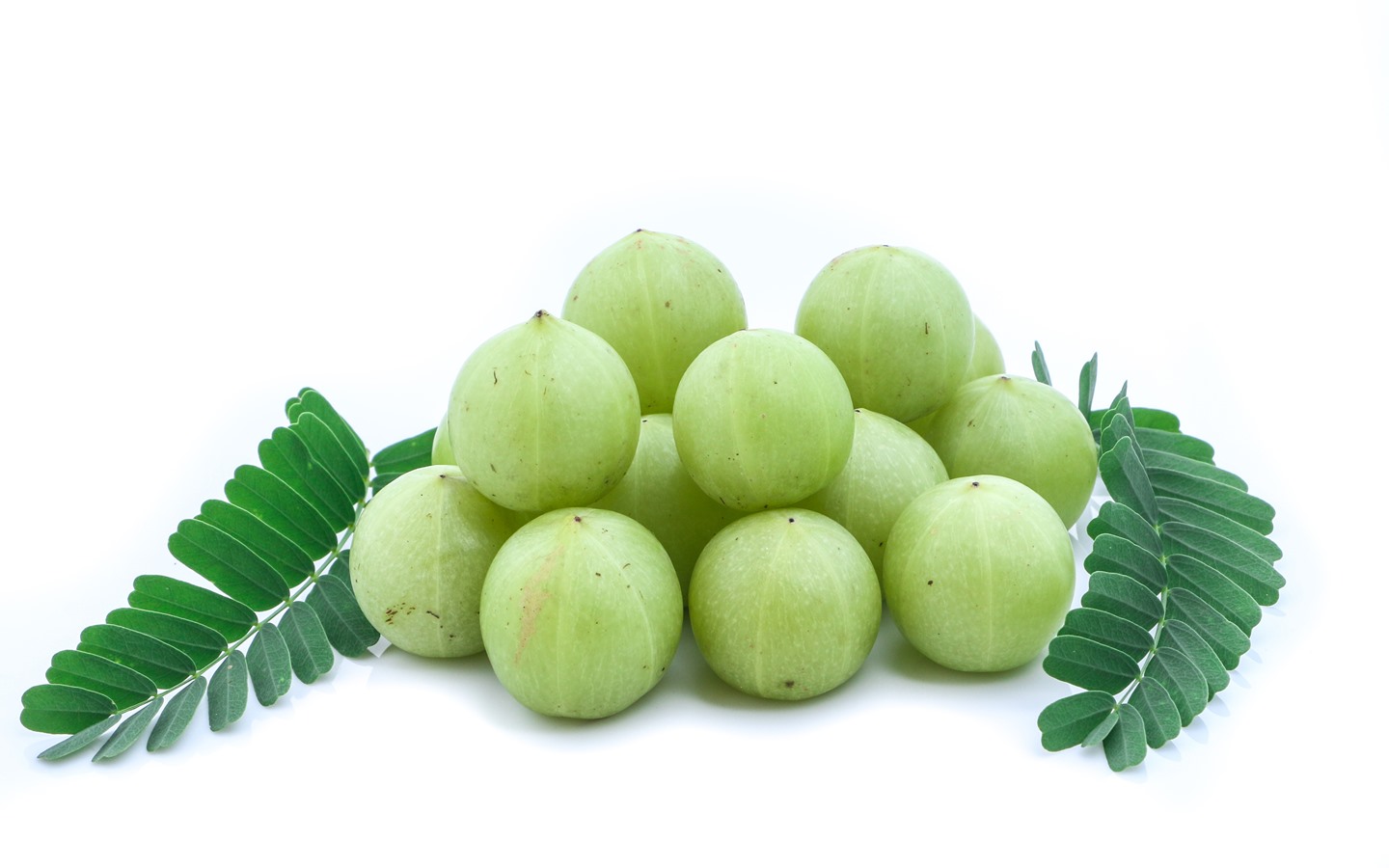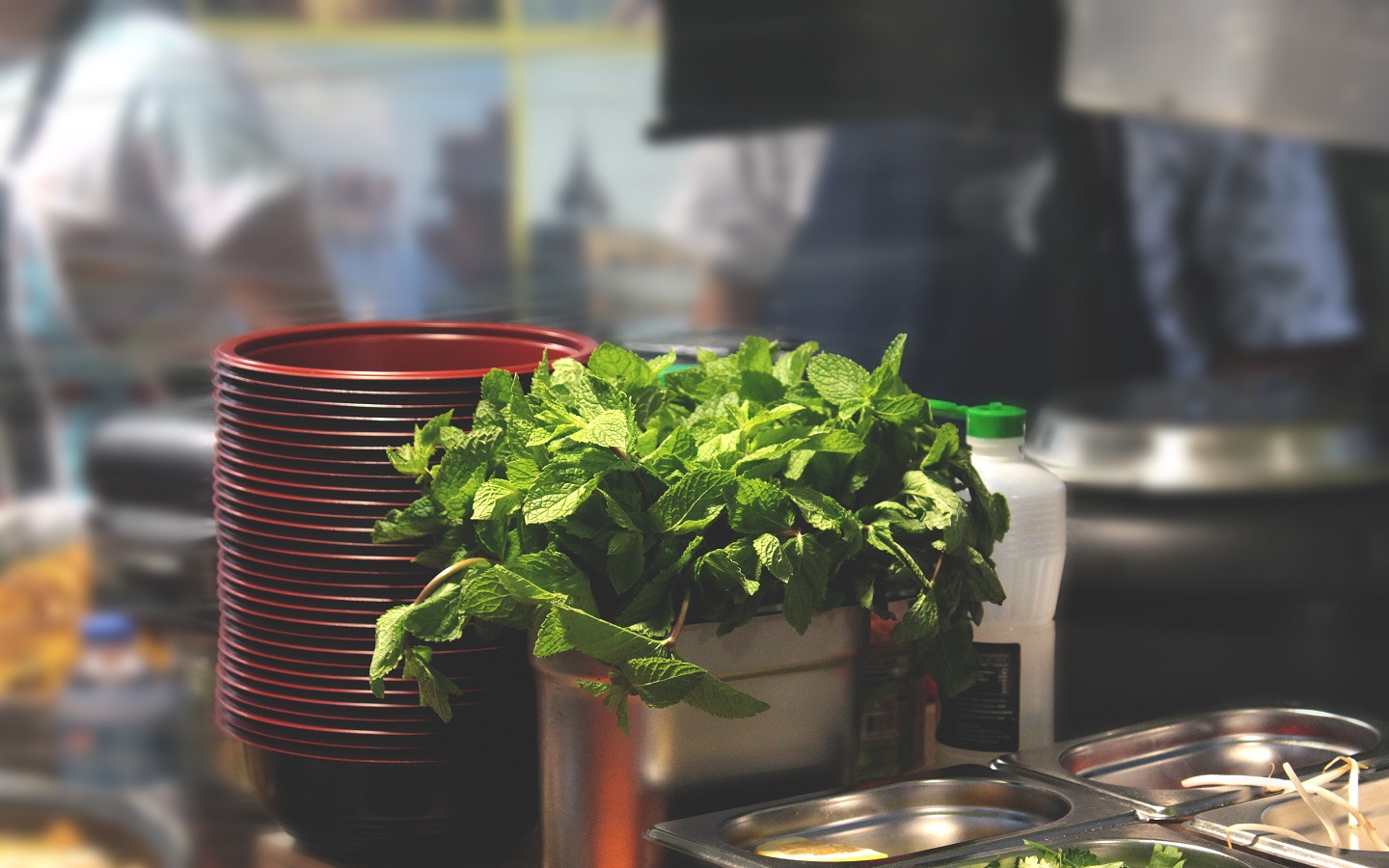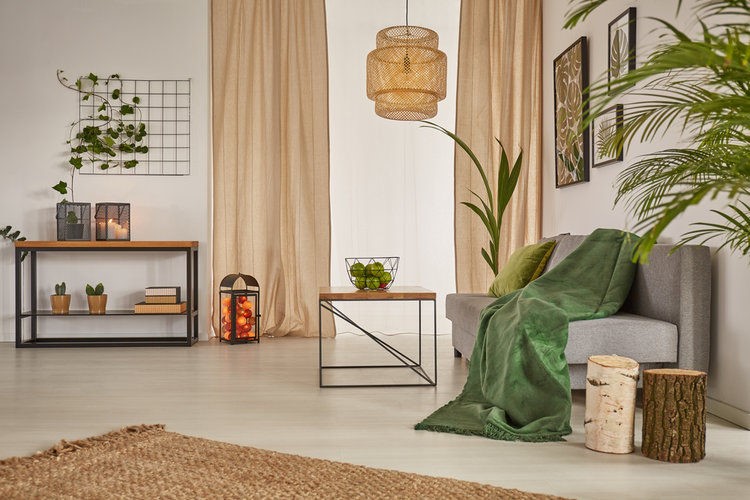The people of the Indian subcontinent have revered the name ‘Khona’ as a legend for hundreds of years. Agricultural production and advice based on nature have been the main focus of Khona’s poems. Let’s begin with a poem from Khona about what kind of medicinal tree should be planted in our homes.
নিম নিসিন্দা যথা,
মানুষ কি মরে তথা?
Which roughly translates to, people rarely die of sickness in a home that has Neem Nisinda tree.
A thousand years ago, Khona herself talked about the value of having a Neem Nisinda plant at home. Man is mortal, so the end will one day come. However, Neem Nisinda plants stave off many kinds of diseases. While there’s a very limited opportunity to plant trees in our brick-and-mortar life today, the concept of ‘rooftop gardens’ has recently become quite popular. Which is why today’s article is about such trees and plants that help not just keep diseases and illnesses away from home, but also enhance its beauty. The following 5 Bangladeshi medicinal plants can be grown on your roof or a small patch of land in front of your home.
Tulsi

Tulsi is one of the most popular Bangladeshi medicinal plants. If anyone sees the similarity between the name Tulsi and the word ‘তুলনা’ (compare), there’s nothing to be surprised about as Tulsi means ‘যার তুলনা নেই’ (Something that’s incomparable). Back in the day, you would’ve found Tulsi trees in almost every village home..
The most used part of a Tulsi tree is its leaf extract. While the extract has a sweet aroma, the taste is bitter. It works as a remedy tonic against colds. Most of the cold or cough medicine available in the market prominently highlights their usage of Tulsi extract in making the product. Tulsi is also used for eliminating stomach worms, helping with digestion, and as an antiseptic. Aside from these Tulsi is used to make toothpaste that relieves toothache.
Tulsi plants are very small in stature and their roots don’t run very deep. That is why these trees can easily be planted on rooftops.
Neem

Neem is one of, if not the, most popular Bangladeshi medicinal plants. A Neem plant’s branch, leaf or leaf extract, bark, oil, seeds; there’s hardly any part of this tree that doesn’t have a use. The tree has so many benefits that the government has taken steps on the local and national level to discourage people from destroying the plant. The World Health Council as declared Neem tree to be the ‘Tree of the Twenty-First Century’.
You’ll have a hard time listing down all the benefits of Neem Trees. Neem extract is great at getting rid of stomach worms. The world famous Neem tree – its leaf, root, fruit, and bark – is used as raw material for medicine. Preventing bacteria & viruses, killing fungus, curing malaria, treating toothache, for birth control; where isn’t Neem used? It seems astonishing when you realize that Khona understood the benefits of Neem a thousand years ago.
Neem is a perennial and evergreen tree. Its wood is very hard. Termites can’t infest or eat this wood. That is why the wood from the Neem tree is used to make furniture nowadays. Even though Nem is a tree, it doesn’t take much time to grow nor much space. Any small patch of land in front of the house can be used to plant a Neem tree. Since even mango trees, litchi trees, or guava trees can be grown on rooftops and produce fruits inside drums, who can say that it can’t be used to sprout Neem trees?
Amlaki

Embolic Myrobalan or Amlaki is a very popular fruit in our country. It is a type of herbal fruit that has many medicinal benefits. There’s a lot of vitamin C in Amlaki. That is why it is full of antioxidant elements. An adult individual needs 30 milligrams of vitamin C every day. The same amount of vitamin C can be found in just 2 Amlakis. Many of us drink green tea which has a lot of antioxidants in it. One of the main reasons for aging and cell degeneration is free radicals, and antioxidants prevent free radicals.
While Amlaki trees could’ve been found all over the place back in the day, the number of Amlaki trees have dwindled significantly today. It is our responsibility to protect a tree that has so many beneficial medicinal effects. We should try to plant as many Amlaki trees as possible when we can.
Ghritakumari (Aloe Vera)

Whether it’s because of various soaps, shampoos, or other cosmetic items marketing or for some other reason, we are all very familiar with the word Aloe Vera. This Aloe Vera is locally called Ghritakumari, which is also known in Bengali as the ‘Lass Medicinal Plant’. It is more commonly referred to as Ghritakumari in rural areas. Many even just refer to it as ‘Kumari’ (Maiden) as well. People all over the world value Aloe Vera as an herbal tree.
The 22 types of amino acid needed for the human body can be found in this Ghritakumari. This also has 20 types of minerals. Along with these, Ghritakumari has vitamin A, B1, B2, B6, B12, C, and E. So it’s very understandable that this tree is used to make and sell juice, capsule or gel out of this tree. It is a perennial herbal tree. It looks similar to a pineapple tree. The leaves are very wide and have saw-line thorns on both sides. The transparent slippery extract of the leaves is mainly used for medicinal purposes.
Ghritakumari is a houseplant that has many benefits and can be grown in any type of soil. So use the empty space in your roof or balcony to plant Aloe Vera trees.
Pudina Tree

Pudina has been known as one of the most effective medicinal plants since ancient times. It has been found to play a great role in curing uncountable illnesses. The leaves of Pudina tree have a wonderful smell to them. The leaves are also used in cooking as a fragrance. Nowadays, Pudina tea is also quite popular.
Pudina is a glamorous type of tree that can be found all over the world. It’s easy to plant and get Pudina leaves by planting them in an pot and placing them in your rooftop or in a balcony that gets enough sunlight.
People once lived in harmony with nature. Whether its improvements, progress or industrial development the reason, we have moved far away from that. However, today’s architects try to understand the connection between nature and the human soul to design things that have a touch of green to them. And for that, there is a growing importance of planting such medicinal plants on your rooftop, balconies, or on your front porch. If you found this article to be useful, don’t forget to let us know in the comments section.




